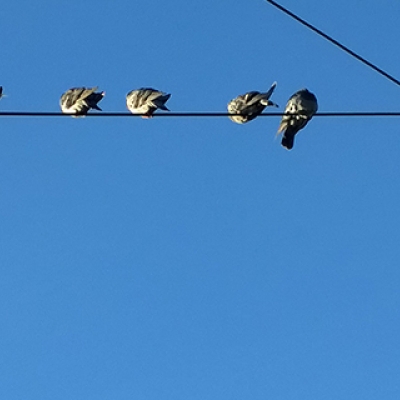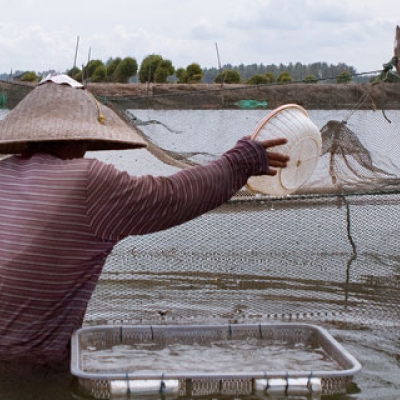Ann Vileisis
Environmental historian Ann Vileisis is author of Kitchen Literacy: How We Lost Knowledge of Where Food Comes From and Why We Need to Get It Back and Discovering the Unknown Landscape: A History of America's Wetlands, which won awards from the American Historical Association and the American Society for Environmental History.
Vileisis loves to explore and share history that helps to illuminate pressing modern-day issues. She became interested in environmental history while earning her B.A. at Yale University, went on to garner a M.A. from Utah State University, and has continued to pursue her research and writing as an independent scholar.
Vileisis has been a short-term fellow at the Smithsonian Institution's National Museum of American History and a writer-in-residence at Mesa Refuge in Point Reyes, California. She has spoken about her books at conferences, campuses, and a variety of other venues all across America.
Together with her husband author and photographer Tim Palmer, Vileisis lived for twelve years as a nomad, traveling in a Ford van as they did their research, writing, and photography. In 2002, while researching Kitchen Literacy, they settled in the small town on Oregon's coast, where she says she "recapitulated a transition from nomad to agriculturist" and became an avid gardener.
Vileisis now balances a life of research and writing with activism and engagement in a variety of local issues concerning the environment.


